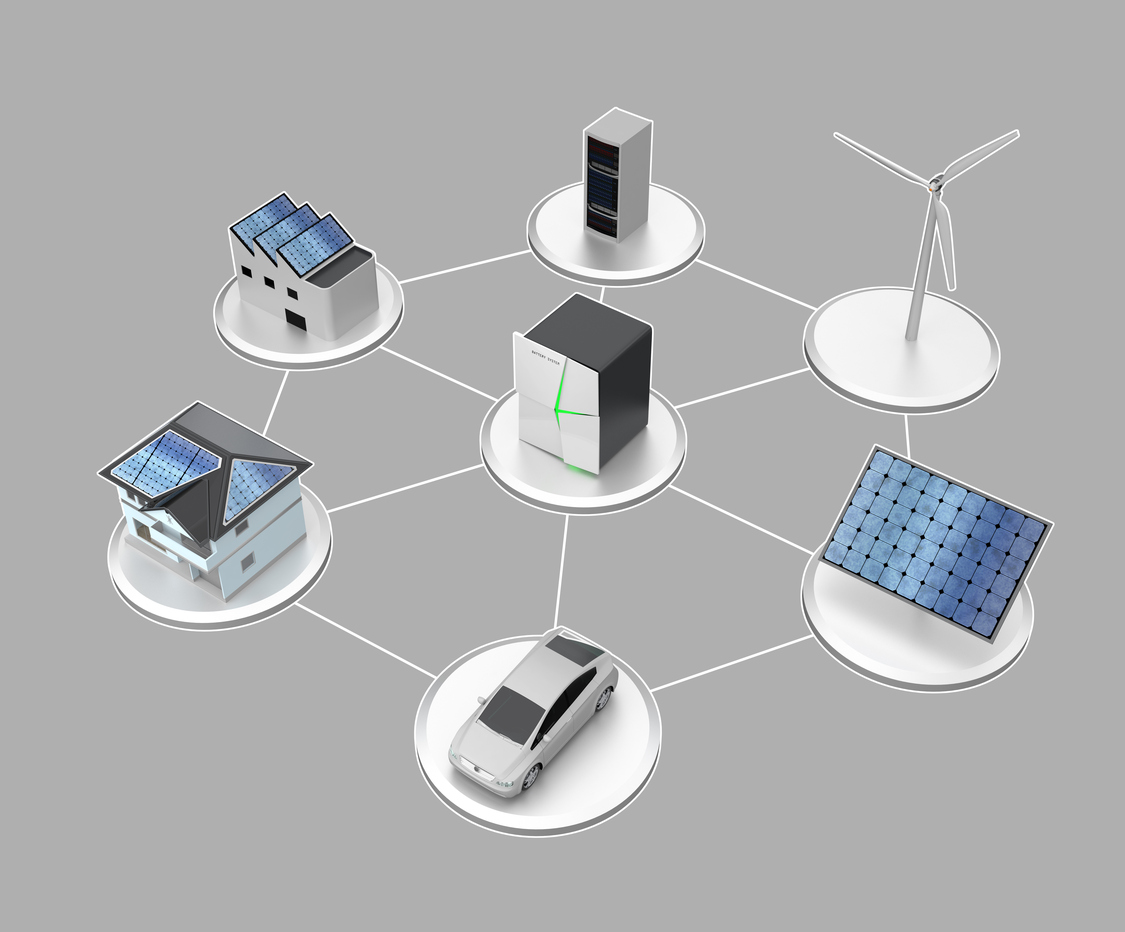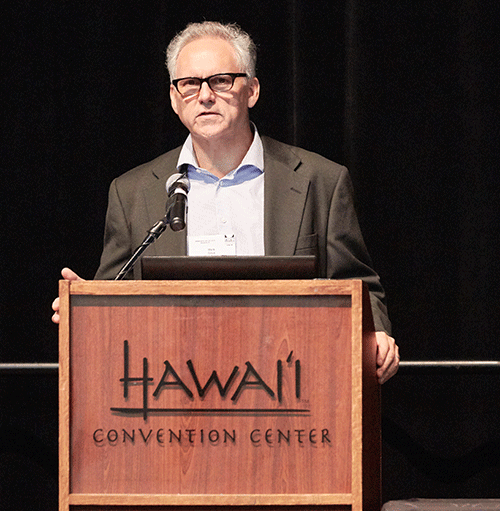 Water and energy are inextricably linked. The two have shared a long technological and symbolic connection, which has led to what researchers in the field call the energy/water nexus.
Water and energy are inextricably linked. The two have shared a long technological and symbolic connection, which has led to what researchers in the field call the energy/water nexus.
The energy/water nexus refers to the relationship between the water used for energy production and the energy consumed to extract, purify, and deliver water. During the PRiME 2016 meeting in October, researchers from across the globe gathered together for the Energy/Water Nexus: Power from Saline Solutions symposium to discuss emerging technologies and how the interplay between water and energy could affect society now and in the future.
“It’s very hard to say energy and not say water in the same sentence. They are completely interconnected systems,” says Andrew Herring, co-organizer of the symposium and Colorado School of Mines professor. “You cannot have clean water without energy, and to have clean water, you have to have energy.”
Some of the most common research topics in the water/energy nexus are water purification, desalination, and cooling efforts to create energy sources. However, there is another subcategory of this field that is overlooked but could play a vital role in the development of future technologies: blue energy.
Potential of blue energy
The concept of blue energy – otherwise known as osmotic power – was developed upon the realization that through electrochemistry, researchers can create a concentration cell with salt water on one side and fresh water on the other, which results in a novel way to power devices.


 A team of researchers at Case Western Reserve University is building a flow battery prototype to provide cleaner, cheaper power.
A team of researchers at Case Western Reserve University is building a flow battery prototype to provide cleaner, cheaper power. Google is going green.
Google is going green. Researchers from the University of California, Riverside recently combined photosynthesis and physics to make a key discovery that could lead to
Researchers from the University of California, Riverside recently combined photosynthesis and physics to make a key discovery that could lead to  President…Donald…Trump. For those on both sides of the aisle who vowed “Never Trump!,” that’s going to take some getting used to. On this morning after a stunning election, the first impulse may be to describe the future in apocalyptic phrases. Game over for the climate! Game over for NATO! Game over for the Clean Power Plan! Game over for Planned Parenthood!
President…Donald…Trump. For those on both sides of the aisle who vowed “Never Trump!,” that’s going to take some getting used to. On this morning after a stunning election, the first impulse may be to describe the future in apocalyptic phrases. Game over for the climate! Game over for NATO! Game over for the Clean Power Plan! Game over for Planned Parenthood!
 One year ago Tesla Motors announced plans to build its
One year ago Tesla Motors announced plans to build its